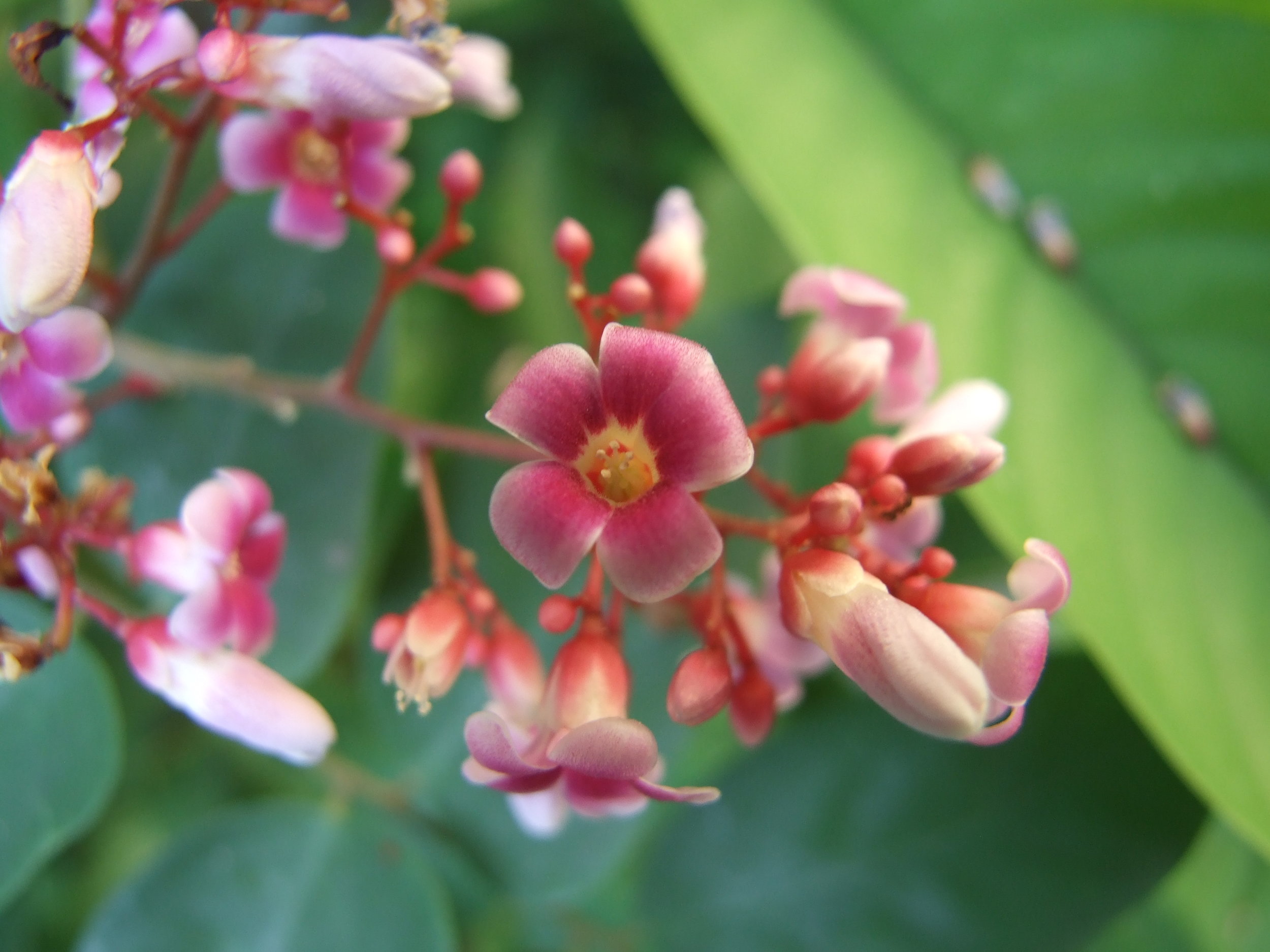The tree is small, usually no larger then 12 m high. We grow grafted varieties in Panama that begin to bear fruit when just a few feet tall. Grafted trees can be managed at four meters and, in favorable conditions, bear so much fruit the branches will break if they aren’t harvested.
The fruit, as the name would suggest, is shaped like a star. There are multiple varieties of Starfruit, both sweet and sour. Sweet varieties tend to be lighter in color and smaller, about five inches long and three inches wide. Sour varieties are larger and more orange in color.
Starfruit is especially rich in Vitamins A, B, C, phosphorus and calcium. The vitamin C content is comparable to that of an orange. Each fruit contains between 8 – 10 % sugar.
In addition to the fruit, both the flower and leaf are edible. I have two Taiwanese varieties. Very compact, heavily bearing trees. I'm trying them on balconies in large pots.



